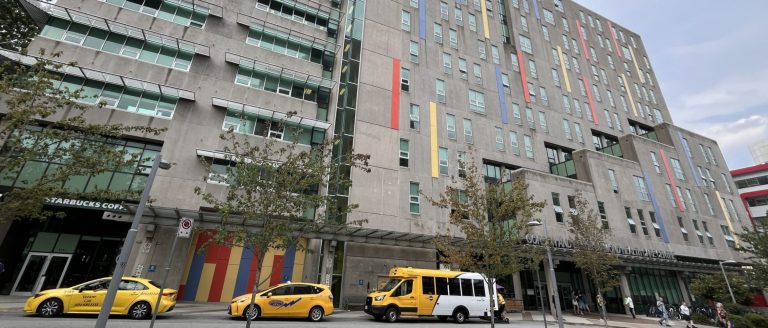


Researchers from the UBC Department of Orthopaedics and School of Biomedical Engineering have received a Canadian Institutes of Health Research (CIHR) Project Grant to collaborate on developing new technology to provide a more complete picture of the recovery process in children with anterior cruciate ligament (ACL) injuries.
The CIHR Project Grant Program supports health-related research projects that have the potential to significantly advance knowledge, healthcare, health systems, and health outcomes in Canada.

The project, titled Assessing Remote Technologies for Return to Sport after Anterior Cruciate Ligament Injury in Children, has brought together Dr. Tim Bhatnagar and Dr. Lise Leveille from The Motion Lab at BC Children’s Hospital Research Institute (BCHRI) and the UBC Department of Orthopaedics and Dr. Calvin Kuo from the Centre for Aging SMART and the UBC School of Biomedical Engineering to extend motion capture technology created to track adult rehabilitation to children and prevent ACL reinjury by allowing patients to track recovery at home using camera videos of movement assessments.
“If we can get these quantitative technologies into the home, or at the very least into physiotherapists’ offices or gyms, we can do these assessments more frequently and in a much more convenient way for the patients.”
— Dr. Calvin Kuo, Assistant Professor, School of Biomedical Engineering; Investigator, Centre for Aging SMART

Focusing this research on children is notable, as the rate of reinjury in children following ACL reconstruction ranges from 15 to 23 percent, significantly higher than in adults.
“While we’re good at doing ACL reconstructions, children still have a really high reinjury rate, because they’re young and they’re active. So, one of the big motivators for me was how can rehab these patients and get them successfully back to their sports without reinjury more safely, and how can we use the tools we have available to achieve this?”
— Dr. Lise Leveille, Clinical Assistant Professor; Medical Director, The Motion Lab
Collaboration has been key since the inception of this project, allowing researchers to secure multiple grants alongside the CIHR, including from the Canadian Academy of Sport and Exercise Medicine and Digital Health Research at BCHRI.
“Calvin has a talent and a skillset in writing grants and preparing for them that neither Tim nor I have,” said Dr. Leveille. “We each bring something different to the table, and we each learn from each other.”

This collaboration will progress as researchers advance the project. They will begin by using data to quantify differences between injured and non-injured ACLs and differentiate between patients who are ready to go back to the sport with those who are not.
The researchers emphasized that once this technology is fully developed, it can be used in many different situations effectively.
“We are the only children’s center with this technology in the province. We would love to find ways where we don’t have to bring kids here all the time for their motion assessments. When we develop new technologies for this application, it can be extended to other applications as well.”
— Dr. Tim Bhatnagar, Adjunct Professor; Technical Director, The Motion Lab.



